Guest Speakers
Harald Lesch - Opening Lecturer on Thursday, 5 May
Time: 15:30 to 16:30
Access to YouTube stream: https://www.youtube.com/watch?v=jobpXQKS9LI
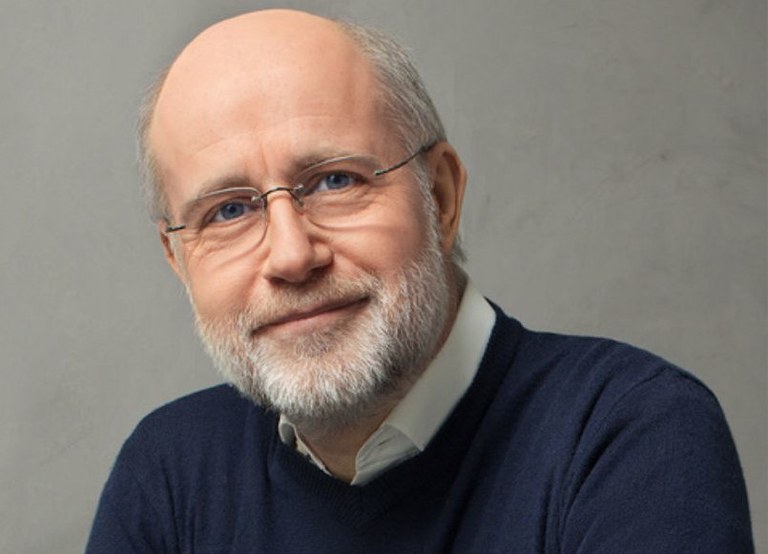
The Power of Physics
The role of physics is overwhelming. Not only our view on the largest and smallest spatial scales are determined by physical laws. Also the technical applications of the knowledge about the structure and processes of matter makes life in the 21. century so luxurious, but also dangerous. Dangerous for the environment, for plants and animals and us. But even this is subject of physical science. So, physics is an enormously powerful tool in the hand of ethical primitives. We are expecting a tough job to educate physics and to discuss limits and nogoes.
Ignacio Cirac - Guest Lecturer on Thursday, 5 May
Time: 16:30 to 18:00
Access to YouTube stream: https://www.youtube.com/watch?v=jobpXQKS9LI
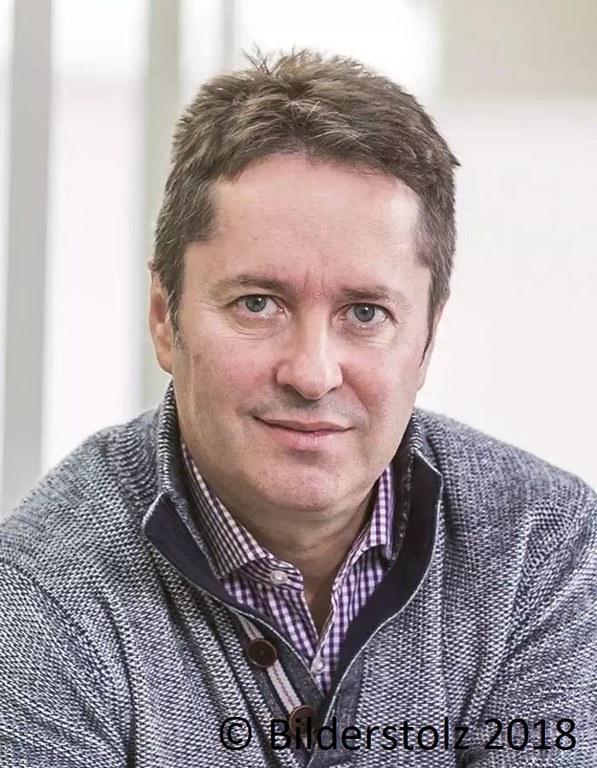
Quantum Information: from Schrodinger Cats to Quantum Computers
Quantum Physics and Information Theory were developed in the last century and have triggered profound changes in our lives. In the last 50 years we have learned that, their combination, can lead to powerful devices that can give rise to a new quantum revolution. In particular, quantum computers promise to solve problems that the most advanced supercomputers will never be able to tackle. They range from simple mathematical operations to the simulation of quantum materials or chemical compounds. Spectacular advances in recent years have led to the rst prototypes of quantum computers, which can already perform some calculations much more eciently than any classical device. However, they have imperfections and are not easy to scale up. Still, there is much hope that these prototypes will already be useful in some applications; that is, with them one could gain a (quantum) advantage over existing supercomputers. In this talk I will discuss some of these problems and, in particular, about the quantum simulation of materials and other physical systems. In addition, I will discuss the diculty of obtaining quantum advantage for other cases, such as optimization problems. Finally, I will mention the prospects and consequences of scaling up quantum computers.
Sibylle Günter - Guest Lecturer on Friday, 6 May
Time: 14:30 to 16:00
Access to YouTube stream: https://www.youtube.com/watch?v=yJnbBKpxbB8
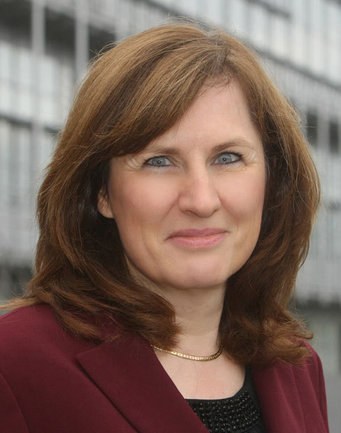
Fusion – a new primary energy source for base load electricity
The nearly unlimited, world-wide available fuel together with its very favorable safety properties make fusion a very attractive alternative to fission. Given the small land usage it is in particular suited to provide electricity for mega cities or big industry. For a fusion reactor, matter has to be heated up to extremely high temperatures: more than 100 million degrees - about a factor of 10 hotter than the sun's core. At these temperatures, the material is fully ionized. The charged particles can be confined by magnetic fields, which are also able to provide the required efficient heat insulation. There are two promising magnetic confinement concepts: tokamak and stellarator. The tokamak concept as realized in ITER is by far the most advanced confinement configuration. It however requires the continuous flow of an electric current in a donut-shaped plasma which hardly allows for steady state operation. An alternative to the tokamak is the stellarator, which has a considerably more complex magnetic configuration, but is intrinsically stationary. The complex magnetic field of a stellarator requires careful optimization to ensure sufficiently good confinement properties. The first optimized stellarator of sufficient size to proof that the stellarator concept has the potential for a power plant, Wendelstein 7-X, has recently started operation in Greifswald, Germany. The optimization of the magnetic field structure has successfully been proven during the first experimental campaigns. The pros and cons of the two confinement concepts will be compared and the problems to be solved on the way to a fusion power plant will be discussed
Adriana Pálffy-Buß - Guest Lecturer on Saturday, 7 May
Time: 17:30 to 19:00
Access to YouTube stream: https://www.youtube.com/watch?v=1KtXD02dbWw
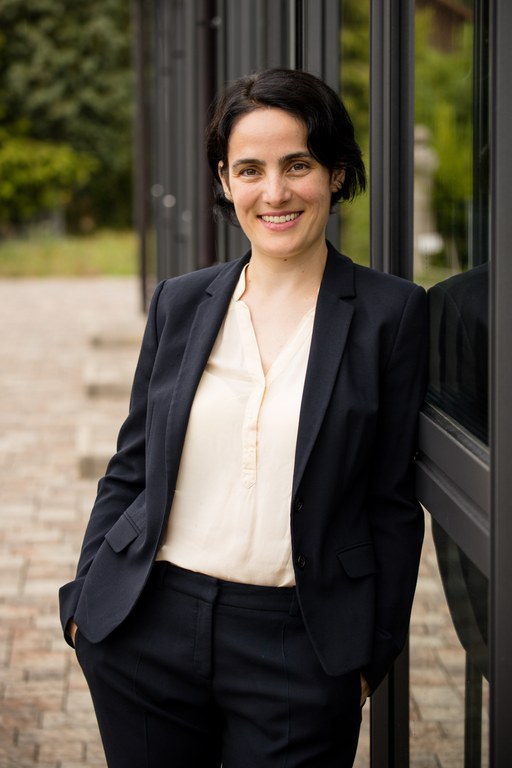
We are also very pleased to announce Dr. Adriana Pálffy-Buß, a young PI (principal investigator) and rising star as our guest speaker! She is working on the interface between atomic and nuclear physics observing quantum dynamics by high energy X-ray quantum optics. Nuclear excitations can be used to store and control single X-ray photons - showing the way towards shrinking computing elements in photonic quantum devices in the future. In 2019, she was awarded the Hertha Sponer Prize. Currently she holds a Heisenberg Fellowship at the University of Erlangen. We are excited to listen to her keynote on novel theoretical innovations and discoveries in atomic and nuclear quantum dynamics:
Quantum Dynamics of Atomic Nuclei: From Taming X-Rays to Measuring Time
More than sixty years ago, it was the invention of the laser that revolutionized atomic physics and laid the foundations for quantum optics and coherent control. With only optical frequencies available, the interaction of coherent light with matter was for a long time mainly restricted to atomic transitions. Coherent light of higher frequencies has become only recently available, and with it atomic nuclei enter the stage as natural candidates for resonant interactions, creating a new bridge between atomic physics, quantum optics and nuclear condensed matter physics. Nuclei are very clean quantum systems, well isolated from the environment and beneting from long coherence times. The lecture will follow these perspectives at the borderline between nuclear and atomic physics on the one hand side and metrology and quantum optics on the other hand side. First, the present status of the eorts to use the 229Th isomer at approx. 8 eV for a nuclear frequency standard will be discussed.
Second, the prospects of mutual control between nuclear transitions and x-rays in the light of novel coherent x-ray sources such as the x-ray free electron laser will be presented. Combining the advantages of x-rays and nuclei, a prominent incentive is to use nuclei to exploit x-rays as the future quantum information carriers or for novel probing technologies based on quantum eects. Turning the tables, the control of nuclear transitions with strong x-ray sources would open the possibility to use long-lived nuclear excited states as a compact and clean energy storage solution. The lecture will follow the developments on the emerging field of x-ray quantum optics and focus on the mutual control of coherent x-ray radiation and nuclear transitions.
Reinhard Genzel - Guest Lecturer on Sunday, 8 May
Time: 11:00 to 12:30
Access to YouTube stream: https://www.youtube.com/watch?v=sObSsKb3mF0
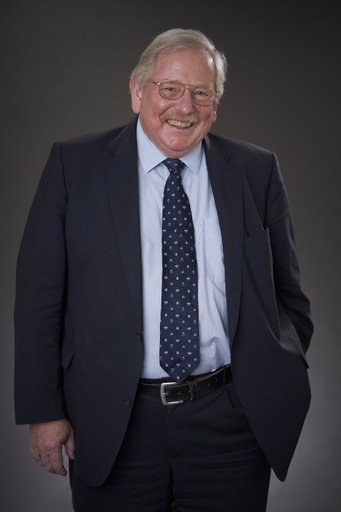
A 40-Year Journey
A bit more than 100 years ago, Albert Einstein published his Theory of General Relativity. One year later, Karl Schwarzschild solved the associated equations for a non-rotating compact mass. If the mass is suciently high and compact, even light can't escape anymore if it has passed a certain distance from the gravitational singularity in the center - the so-called event horizon. The theoretical concept of a "black hole" was born and was further developed in later decades by Penrose, Wheeler, Kerr, Hawking and others. The first indication of the existence of such black holes in our universe was provided by observations of X-reay double stars and blazing quasars. I will describe the 40-year journey which my collegues and I have undertaken in order to prove the mass in the center of the Milky Way and conrm its compactness by using long-lasting and more and more precise becoming observations of movements of gas and stars as test objects for space and time. These studies substantiate the existence of a compact object with a mass of 4 million sun masses which can doubtlessly be attributed to a black hole.